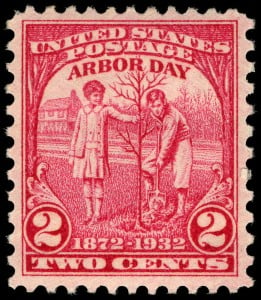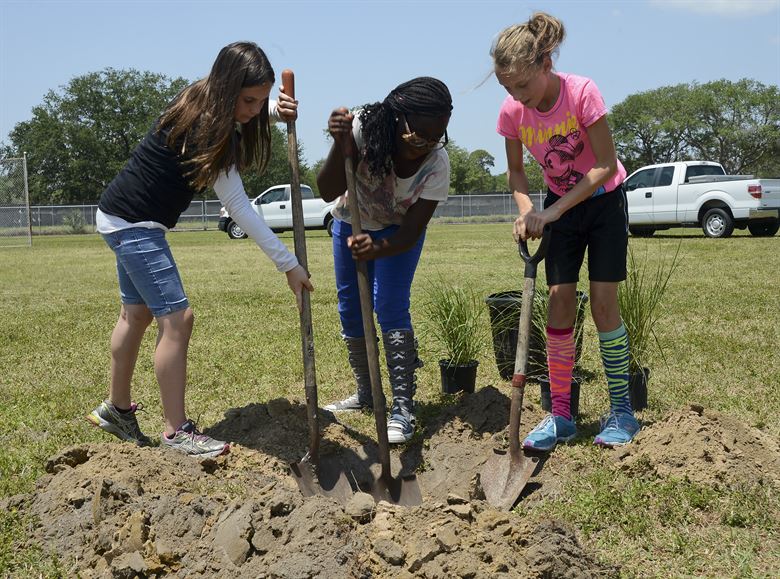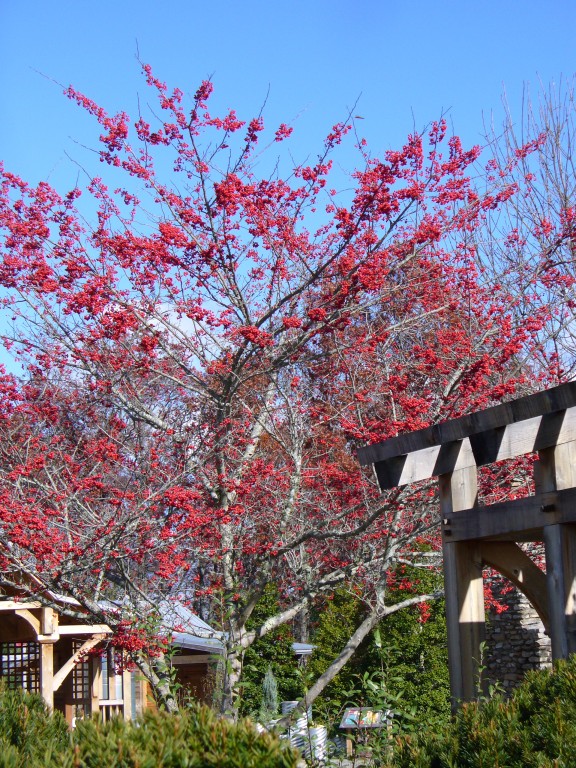How the North Country gave the world Arbor Day. (You’re welcome)

Photo: Geralt, Creative Commons, some rights reserved
An obscure, but respectable event
Muskrat Day. Velcro Appreciation Month. Hair Follicle Hygiene Week. Arbor Day. You know it’s an obscure event when the greeting-card trade hasn’t bothered to capitalize on it. I like to think the industry knows Arbor Day is worthy of a Hallmark line, but that they’ve decided to honor its spirit by conserving paper. (C’mon, it’s possible.) While not the best-known observance, Arbor Day has a respectable history, as well as a local connection.
How the North Country gave the world Arbor Day
Rooted in Jefferson County in New York’s northern tier, Arbor Day, which is observed on the last Friday in April, has become recognized around the world. Mr. J. Sterling Morton of Adams, NY germinated the concept of Arbor Day in 1872 to highlight the need to conserve topsoil and increase timber availability in his adopted state of Nebraska. Mr. Morton went on to a sterling career in business, founding the Morton Salt Company, still in existence today. Arbor Day went on to become a somewhat obscure, if virtuous, tradition.

Arbor Day commemorative stamp issued to coincide with the 100th anniversary of J. Sterling Morton’s birth
Not only was Mr. Morton passionate about planting trees, for him the act was sacred. He said:
“The cultivation of trees is the cultivation of the good, the beautiful and the ennobling in mankind,” and believed every tree planted made our nation a little better.
I tend to agree with his lofty pronouncement. To plant a tree is to invest in the future, and is an act of generosity and responsibility. When we add a tree to our community, it’s likely that many generations of people after our passing will enjoy it.
The virtues of having trees about
Trees add value to our lives in surprising ways. Many of us are aware trees decrease home energy costs, increase property values, filter pollutants, store carbon and all that goody-gum-tree stuff. But did you know that shoppers spend more money when there are trees in a downtown shopping district, and that homes sell faster on tree-lined streets? How about that, green leaves bring out greenbacks.
Many of us have heard that hospital patients who can view trees from their beds have better outcomes. But did you know crime rates drop significantly when urban neighborhoods are planted with trees? And that lying under a shade tree in summer cures acne? OK, I made that last one up, but the rest is true.
How to plant a tree
It may be noble to plant a tree, but it has to be done right or you might as well rent it. A poorly planted tree will only live a fraction of its potential lifespan. Location is the first thing to consider. Kids and trees generally look cute when you bring them home from the nursery, but they grow up fast and often take up more room than you expected. If your site is under wires or has restricted space for branches or roots you need the right species and variety that can grow full-size without causing conflicts.

Tinker Elementary School 5th graders shovel dirt while planting trees around the school playground during an Arbor Day ceremony. Photo: Senior Airman Shandresha Mitchell, US Air Force
The old adage “dig a fifty-dollar hole for a five-dollar tree” may need to be adjusted for inflation but the idea still has currency, so to speak. Ninety percent of tree roots are in the top ten inches of soil. To reflect this fact, the planting hole should be saucer-shaped and 2-3 times the diameter of the root system, but no deeper—ever. Otherwise the Planting Police will ticket you. OK that’s fiction too, but if I happen to come along I may scowl ominously. It’s imperative the root flare be right at ground level, because deep planting leads to serious future health problems. For the tree, primarily.
Before backfilling, remove all burlap and twine. All of it, I saw that. Thank you. Wire cages on ball-and-burlap trees should be cut away. Container-grown tree root systems may have circling roots that should be teased out straight.
Adding loads of organic matter to the backfill likely dates back to ancient times, when folks might grab an arborist, if one was handy, and throw them in the planting hole. Possibly in response to this, arborists now recommend little or no additional organic matter in many cases.
With very sandy or heavy clay soils, moderate amounts of peat moss, compost or other amendments can be used in the backfill. Adding more than 30% by volume can cause a “teacup effect,” and roots may suffocate. Fertilizer is stressful on new transplants, so wait at least a year on that. In healthy native soils, trees may never need commercial fertilizer.
Water thoroughly as you backfill, and prod the soil with a stick or shovel handle to eliminate air pockets. Unless the site is very windy it’s best not to stake the tree—movement is needed for a strong trunk to develop. Two to four inches of mulch over the planting area (but not touching the trunk) will help conserve moisture and suppress weeds.
It’s almost impossible to over-water a new transplant, but it does happen. Throughout the first season, check the soil every few days to be sure it’s moist but not waterlogged.
Picking a tree for the North Country climate

“Winter King” hawthorn looks great in any season. Photo: Scott Zonta, Creative Commons, some rights reserved
Given that our winters are so long, it might be good to consider planting trees that have aesthetic interest outside the growing season. Here are some cold-hardy suggestions.
- Hawthorns are disease-resistant, salt-tolerant native trees that mature at twenty feet tall, making them a great choice for out front under the utility wires. Or in the backyard, whatever. The cultivar ‘Winter King’ has an attractive branching habit with white flowers and copious, persistent fruit that look great in winter (and provide food for returning songbirds).
- If you are not familiar with river birch, do a web image search. Rive birch are medium-large trees with attractive and unusual pinkish-white exfoliating bark. Try ‘Heritage’ for a variety that is resistant to many pests and diseases.
- While not yet very common in the Northeast, Kentucky coffeetrees are large, drought-tolerant, relatively disease and pest-free, and have coarse-textured branches which produce a striking effect in winter. I think they deserve to be more widely planted.
- If you have a lot of room, both vertically and horizontally, our native bur oak has twisting branches with corky wings, making them interesting in all seasons. A bur oak silhouette in winter is breathtaking. Especially if it’s real cold. Not only are these massive trees tolerant of both drought and intermittent flooding, they can live 800 years or more, so plan ahead.
Happy Arbor Day on April 27 – planting a tree is a wonderful activity to share with loved ones, and a great investment in the future.
Paul Hetzler is a horticulture and natural resources educator with Cornell Cooperative Extension of St. Lawrence County.





.jpg)

